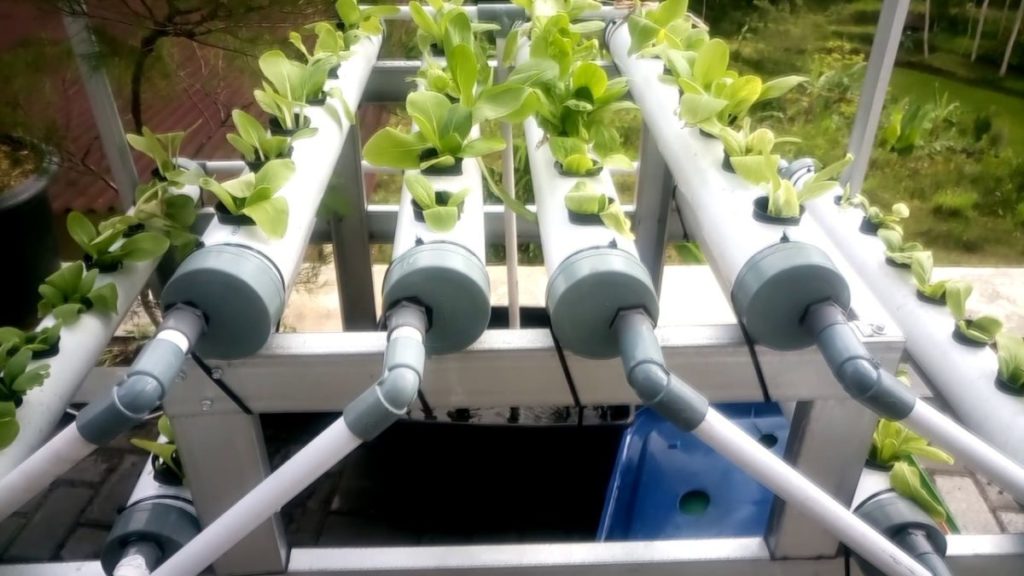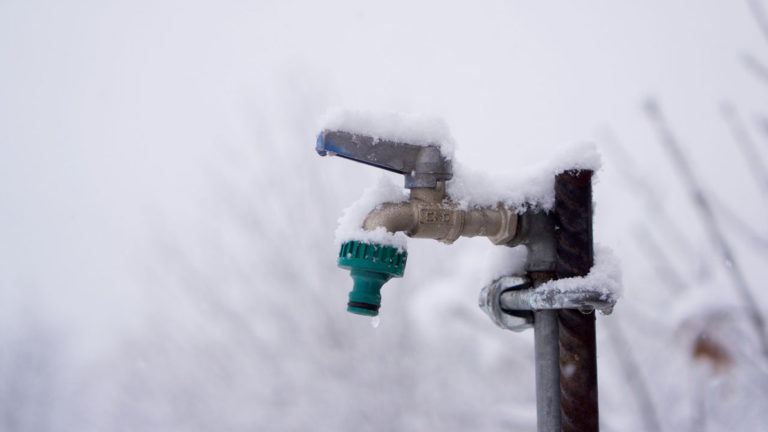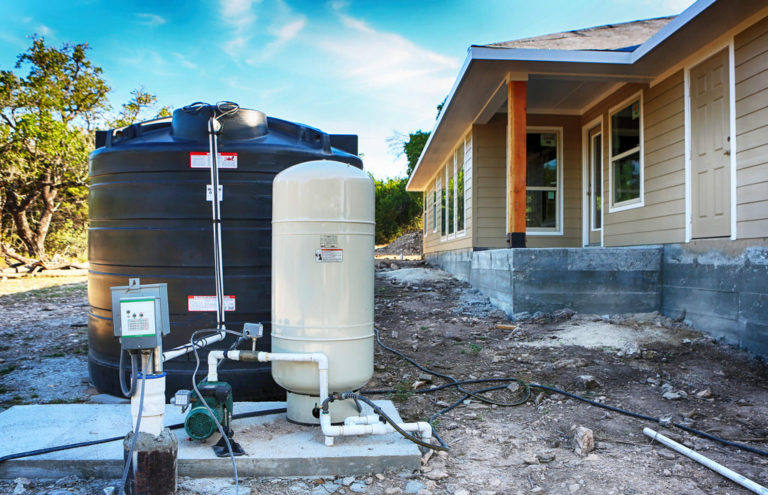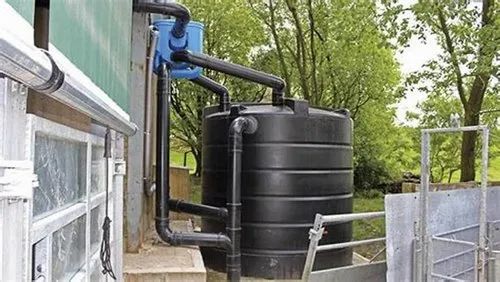Are you tired of struggling with traditional soil gardening, dealing with pests and diseases, and lackluster harvests?
Look no further than hydroponic gardening!
This revolutionary method of growing plants in a nutrient-rich solution rather than soil offers numerous benefits for gardeners of all skill levels.
With the right tools and knowledge, you can enjoy healthier, more productive crops with less effort and space.
We will walk you through everything you need to get started with hydroponic gardening, from selecting the perfect system for your needs to caring for your plants and troubleshooting common issues.
So what are you waiting for?
Let’s dive in!
Choose the right system
There are different types of hydroponic systems, such as NFT (nutrient film technique), DWC (deep water culture), and Ebb and Flow. Choose the one that best fits your needs and budget.
Of the most popular types, Nutrient Film Technique (NFT), Deep Water Culture (DWC), and Ebb and Flow (Floating) systems each offer unique advantages and disadvantages.
NFT is a great choice for those who want a system that is simple to maintain and requires minimal equipment.
In this system, plants are grown in long, narrow channels with a continuous flow of nutrient-rich solution.
This method is particularly well-suited for leafy greens and herbs.
However, it may not be the best choice for plants that require a lot of root support, such as tomatoes.
DWC is a popular system that is well-suited for a wide variety of plants, including tomatoes, peppers, and cucumbers.
In this system, the roots of the plants are immersed in a nutrient-rich solution, and the shoots and leaves receive a constant supply of oxygen and nutrients.
This system is easy to set up and maintain, and it can be used in small to large scale operations.
Ebb and Flow (Floating) systems are a great choice for those who want a highly versatile and efficient hydroponic system.
In this system, the plants are grown in a floated tray, and the nutrient solution is pumped in and out at regular intervals.
This method is particularly well-suited for plants that require a lot of root support, such as tomatoes and peppers.
However, it may not be the best choice for those who want a low-maintenance system, as the floats may require more attention.
Ultimately, the best hydroponic system for you will depend on your specific needs and budget.
Consider the type of crops you want to grow, the space you have available, and your desired level of maintenance when making your decision.
Prepare the space
Hydroponic gardening requires a controlled environment, so you’ll need to set up a grow room or tent, and ensure proper lighting and ventilation.
To successfully cultivate plants using hydroponic methods, it is important to maintain a controlled environment within your grow room or tent.
This includes regulating factors such as temperature, humidity, and light intensity.
Proper lighting is essential for plant growth, and hydroponic systems often rely on LED or HPS (high-pressure sodium) lights to provide the necessary spectrum and intensity for optimal growth.
In addition to lighting, ensuring proper ventilation is also vital to remove excess heat and moisture buildup, which can lead to fungal diseases and pests.
Controlling the environment also involves monitoring and adjusting the pH levels of the nutrient solution, as well as providing adequate air circulation and filtering to maintain cleanliness and prevent contamination.
By carefully controlling these factors, you can create an ideal environment for your hydroponic plants to thrive.
Select the right nutrients
Hydroponic plants require a balanced diet of nutrients, so choose a high-quality hydroponic nutrient solution that is specifically formulated for your plants.
Hydroponic plants, just like their soil-grown counterparts, require a balanced diet of essential nutrients to thrive and reach their full potential.
However, the absence of soil in hydroponic systems means that nutrients must be provided through a controlled solution.
Therefore, it’s important to select a high-quality hydroponic nutrient solution that is specifically formulated for your plants.
A well-balanced hydroponic nutrient solution should contain a mix of macro and micro nutrients, such as nitrogen, phosphorus, potassium, calcium, magnesium, and sulfur, among others.
These nutrients play a vital role in maintaining the health and vigor of your plants, promoting optimal growth, and enhancing their resistance to diseases and pests.
Furthermore, the nutrient solution should be tailored to the specific needs of your plants, considering factors such as the type of grow light used, the temperature and pH of the grow space, and the growth stage of your plants.
For instance, some plants may require more nitrogen during the vegetative stage, while others may need more potassium during flowering.
To ensure the best possible results, it’s important to choose a high-quality hydroponic nutrient solution that is backed by scientific research and formulated with the highest-quality ingredients.
Look for solutions that are tested for purity and consistency, and that offer clear labeling and instructions for use.
With the right nutrient solution, you can optimize the growth and productivity of your hydroponic plants, resulting in healthier, more vibrant crops.
Provide the right amount of light
Hydroponic plants require more light than traditional soil-grown plants, so ensure you have enough lighting for your plants.
Hydroponic plants require a tremendous amount of light compared to their soil-grown counterparts.
This is because hydroponic systems don’t provide the same level of nutrient and water retention that traditional soil does.
As such, the plants rely more heavily on light to undergo photosynthesis and produce energy.
Hydroponic systems typically operate in a controlled environment with limited humidity and temperature control, which can further impact the amount of light required for optimal growth.
Therefore, it’s essential to ensure that your hydroponic system is placed in an area with ample natural light or supplemented with grow lights.
Note that this includes not only direct light but also diffused light that can penetrate through glass or plastic covers of grow tents.
Furthermore, it’s important to monitor the intensity and spectrum of the light, as different plants have varied lighting requirements.
Some plants, like leafy greens and herbs, thrive in bright direct light, while others, such as fruiting plants like tomatoes and cucumbers, need more diffused light to prevent excessive heat buildup.
Maintaining consistent light exposure throughout the day can promote healthy growth and yields.
Monitor and control pH and temperature
Hydroponic plants require a specific pH and temperature range for optimal growth, so monitor and control these factors to ensure the health of your plants.
Hydroponic plants thrive within a specific pH and temperature range, and it is important to monitor and control these factors to ensure the health of your plants.
The ideal pH range for most hydroponic plants is between 5.5 and 6.5, with a slight acidity lean towards the latter end of the range.
This pH range allows for optimal nutrient uptake and prevents the buildup of harmful minerals that can damage plant tissue.
Temperature control is also essential, as hydroponic plants prefer a consistent temperature between 65°F and 75°F (18°C and 24°C).
Any deviations from this range can lead to stunted growth, reduced yields, or even plant death.
To maintain the ideal conditions, invest in a high-quality pH meter and temperature controller, and regularly test and adjust the system as needed.
Proper pH and temperature control are important for achieving optimal yields and maintaining the health of your hydroponic plants.
Use a suitable growing medium
Hydroponic growing mediums can be either inert (such as rockwool or coco coir) or living (such as algae or rice hulls). Choose a suitable growing medium for your plants and cycle it properly before planting.
When it comes to choosing a growing medium for your hydroponic system, it’s important to consider the needs of your plants and the specific characteristics of the medium itself.
Inert growing mediums, such as rockwool or coco coir, provide a stable and predictable environment for plant growth, but may lack the nutrients and organic matter that living growing mediums provide.
On the other hand, living growing mediums, such as algae or rice hulls, offer a rich source of nutrients and can help to maintain soil health, but may be more difficult to manage and require more frequent monitoring.
Regardless of which type of growing medium you choose, it’s essential to cycle it properly before planting.
This involves flushing the medium with water to remove any residual salts or nutrients that may be harmful to your plants.
This process also helps to establish a healthy balance of microorganisms in the medium, which is essential for optimal plant growth.
By carefully selecting and cycling your hydroponic growing medium, you can create a thriving environment for your plants that will support their growth and productivity over the long term.
This approach can help to reduce the need for external nutrients and pesticides, which can be beneficial for both your plants and the environment.
Start with healthy seedlings or clones
To ensure a successful harvest, start with healthy seedlings or clones that are free of diseases and pests.
Starting with healthy seedlings or clones is important for a successful harvest.
Healthy plants are more resistant to diseases and pests, which can significantly reduce the risk of crop failure and increase yields.
When choosing seedlings or clones, select those that are free of any visible signs of disease or infestation.
Inspect the leaves, stems, and roots for any signs of stress, discoloration, or infestation.
Look for seedlings or clones that have a robust growth habit, with strong and vigorous stem growth and well-developed roots.
Avoid seedlings or clones that exhibit any signs of weak or spindly growth, as these may be more prone to disease and pest infestations.
Choose seedlings or clones that are well-suited to your local climate and growing conditions.
This will help ensure that your plants are better adapted to the environmental conditions they will face, resulting in healthier and more productive plants.
By starting with healthy seedlings or clones, you can set your garden up for success and enjoy a bountiful harvest.
Be patient and observe your plants
Hydroponic gardening can be a waiting game, so be patient and observe your plants closely to catch any potential issues early on. Regular monitoring and adjustments will be key to a successful harvest.
Hydroponic gardening can be a waiting game, but with patience and regular monitoring, you can catch any potential issues early on and ensure a successful harvest.
It’s important to observe your plants closely, as any changes in their appearance, such as yellowing leaves or stunted growth, can be indicative of nutrient deficiencies or pH imbalances.
By regularly checking the water temperature, pH levels, and nutrient concentrations, you can make adjustments as needed to optimize growing conditions.
This proactive approach will help you prevent common issues like root rot, overheating, and under-nutrition, which can be detrimental to your plants’ health and productivity.
With consistent monitoring and adjustments, you can optimize your hydroponic system for optimal growth and yield, ensuring a bountiful harvest.
Want More? Dive Deeper Here!
Hey there! If you’re the type who loves going down the rabbit hole of information (like we do), you’re in the right spot. We’ve pulled together some cool reads and resources that dive a bit deeper into the stuff we chat about on our site. Whether you’re just killing time or super into the topic, these picks might just be what you’re looking for. Happy reading!






